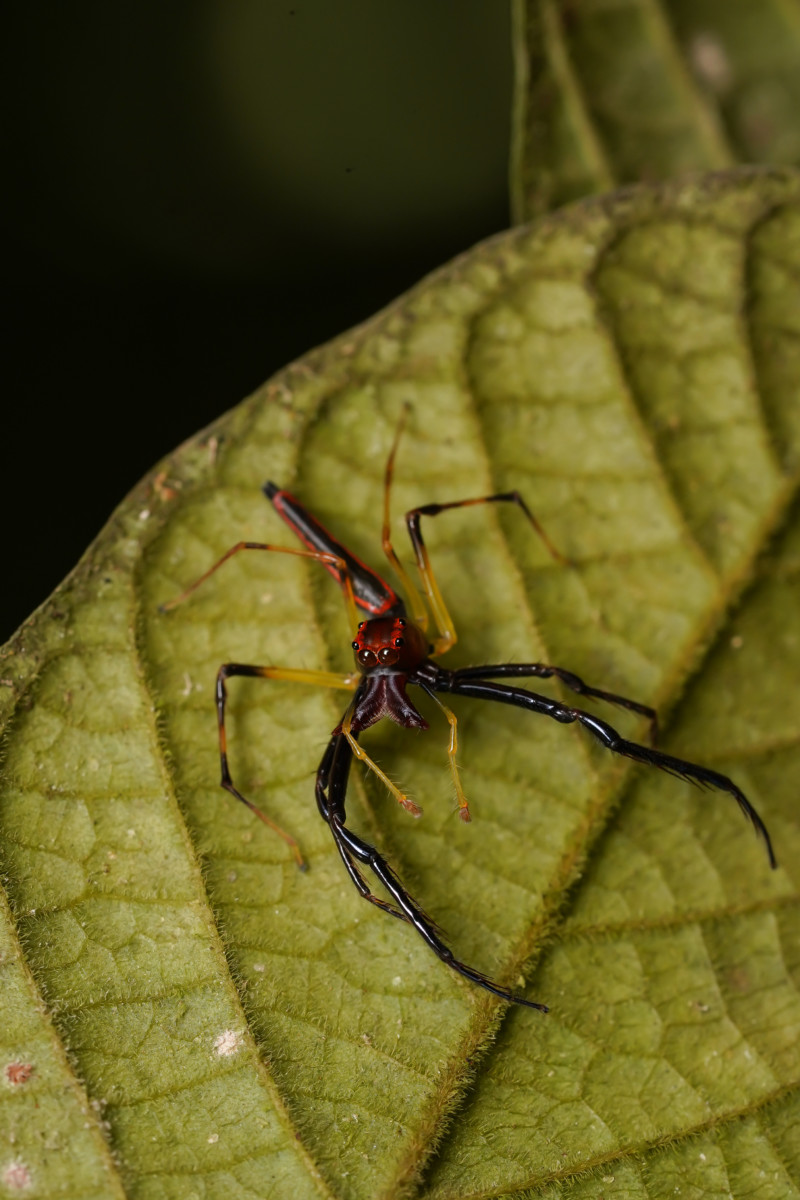- Marine
- Mangrove
- Urban
- Forest
- Roles
- Others

Nudibranch (Nudibranchia)
Adaptation: Warning Colours
Nudibranchs come in an array of bright colours and patterns – a warning sign to predators they are unpalatable and toxic!Pink Warty Sea Cucumber (Cercodemas anceps)
Adaptation: Evisceration
Sea cucumbers eject their guts when threatened in a process known as ‘evisceration’. This serves to confuse predators. The ejected organs can then regenerate within days.

Shrimp Gobies (Gobiidae)
Adaptation: Symbiosis
In this mutually beneficial relationship, the shrimp burrows to provide shelter, while the goby watches for predators.Fan Worm (Sabellidae)
Adaptation: Filter Feeding
These tubeworms use their high surface area feeding fans to trap suspended organisms and matter in the water column that they then feed on.
Singapore is home to about half of the world’s mangrove species, which can be seen in Sungei Buloh Wetland Reserve and Pasir Ris Park. The mangrove ecosystem is extremely dynamic due to daily changes in tide levels and salinity, hence its inhabitants are highly resilient and adaptable. These include mudskippers which are fish that venture out onto land to escape predators during low tide, and the Nerite Snail that stays anchored to tree roots and trunks amidst the ebb and flow of tides.

Dog-faced Water Snake (Cerberus schneiderii)
Adaptation: Resilience
This amphibious snake species is able to close its nostrils while swimming and foraging underwater. Excess salt that has accumulated is removed through salt-secreting glands located near the upper lip of the snake.
Nerite Snail (Neritidae)
Adaptation: Anchorage
These snails stay locked in place on mangrove trees with rich algae and lichen to feed on.


Fiddler crab (Uca sp.)
Adaptation: Pincers
Fiddler crabs move their larger pincer to signal to potential mates and ward off territorial contenders
Grey Heron (Ardea cinerea)
Adaptation: Mud Stability
Stilt-like legs allow herons to wade in shallow water to catch swimming prey.
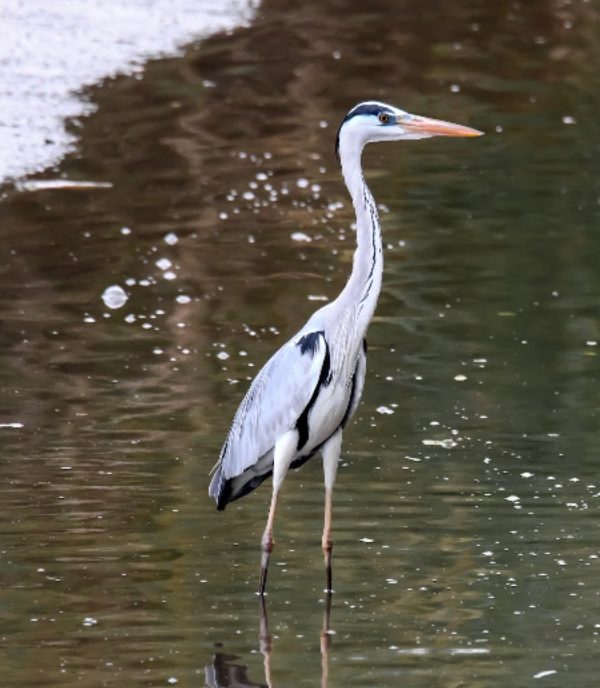
Rapid urban development in Singapore has transformed much of its landscape into a concrete jungle. While many species have retreated to remaining pockets of greenery and wilderness, others have managed to adapt to modern life. The House Crow has taken to the steady food supply of households and outdoor eateries. As a result of increased conservation and environmental awareness, some species like the Oriental Pied Hornbill have managed to make a comeback, occasionally wandering into our urban spaces.
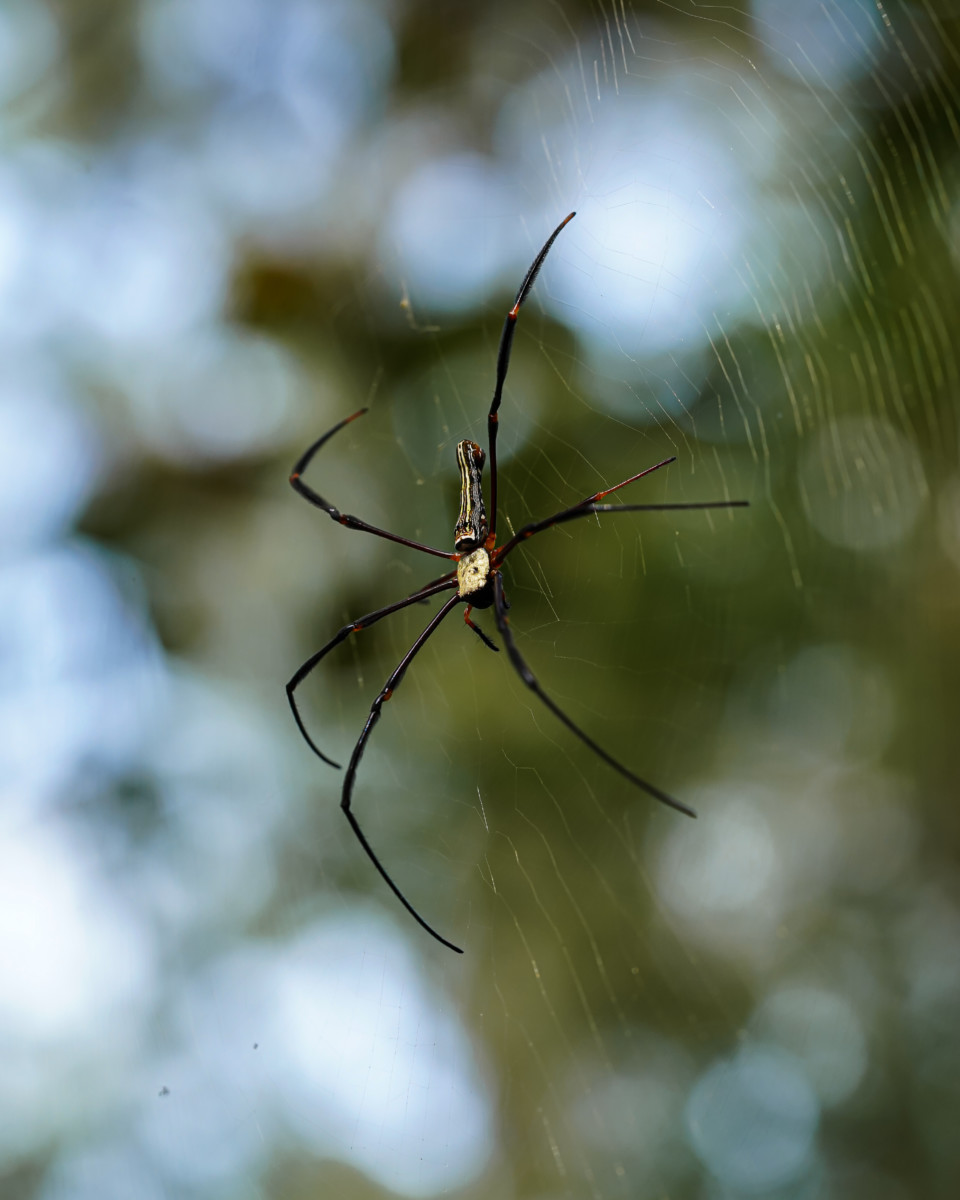
Golden Orb Weaver (Nephila pilipes)
Adaptation: Alertness
Golden orb weavers build impressive webs that ensnare large prey; vibrations along the strands from the struggling trapped prey then signal to the spider that it’s meal time!Oriental Pied Hornbill (Anthracoceros albirostris)
Adaptation: Appeal
Once considered extinct from Singapore, these charismatic hornbills have made a comeback. Biologists have helped their return through providing artificial nest boxes in large trees.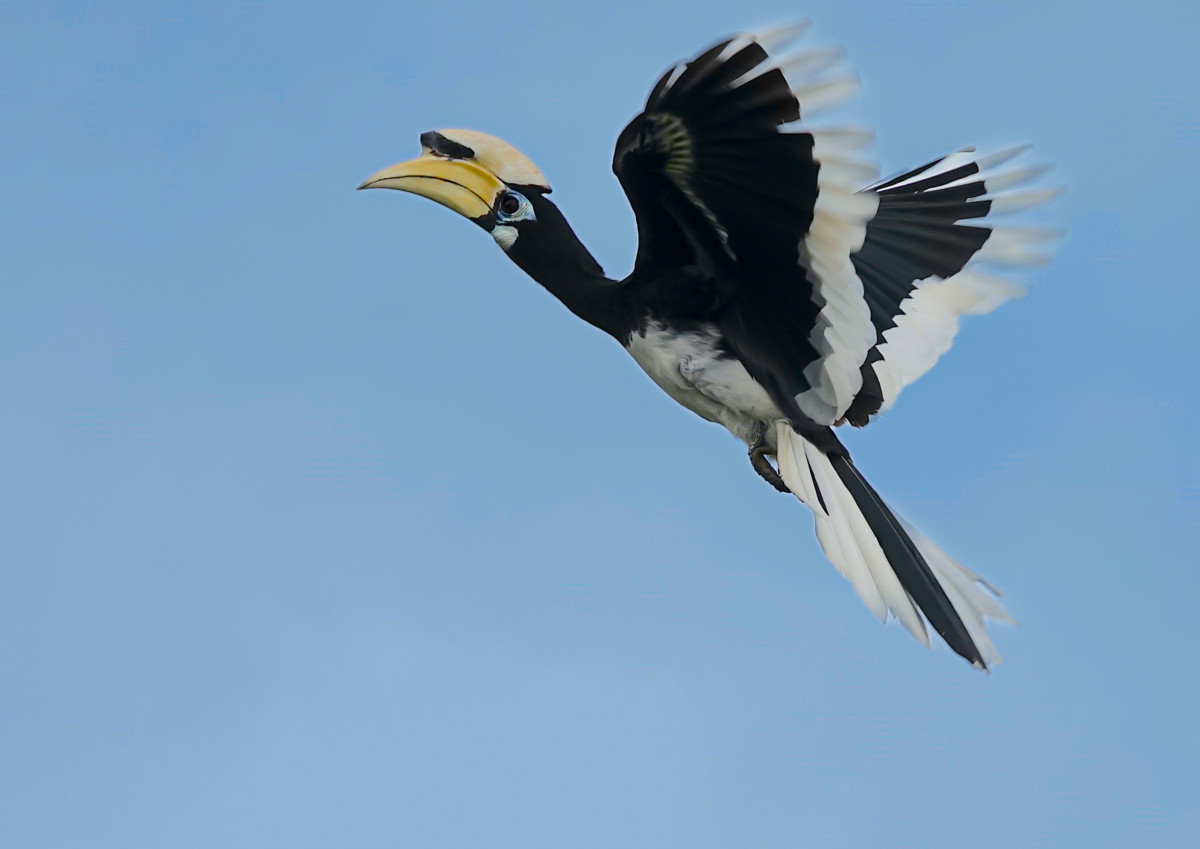

Weaver Ant (Oecophylla sp.)
Adaptation: Mobbing
These colony-forming ants communicate through chemicals known as ‘pheromones’. They can pass information to one another very quickly in this way.
House Crow (Corvus splendens)
Adaptation: Scavenger
Highly opportunistic and omnivorous, the house crow has thrived well in urban environments.

Singapore’s remaining pristine forests (known as primary forests) are mostly found in the Bukit Timah and Central Catchment Nature Reserves. Despite their small sizes, they are home to a wealth of elusive species. Each layer of the forest supports a range of unique wildlife, with birds like the Straw-headed Bulbul preferring the emergent layer, while others like the Leopard Cat dwell on the forest floor.

Leopard Cat (Prionailurus bengalensis)
Adaptation: Stealth
Leopard cats take advantage of dense vegetation in the undergrowth to stalk and ambush their prey.
Malayan Horned Frog (Megophrys nasuta)
Adaptation: Camouflage
Shaped and coloured like a dead leaf, the Malayan horned frog rests undetected amongst the forest leaf litter.
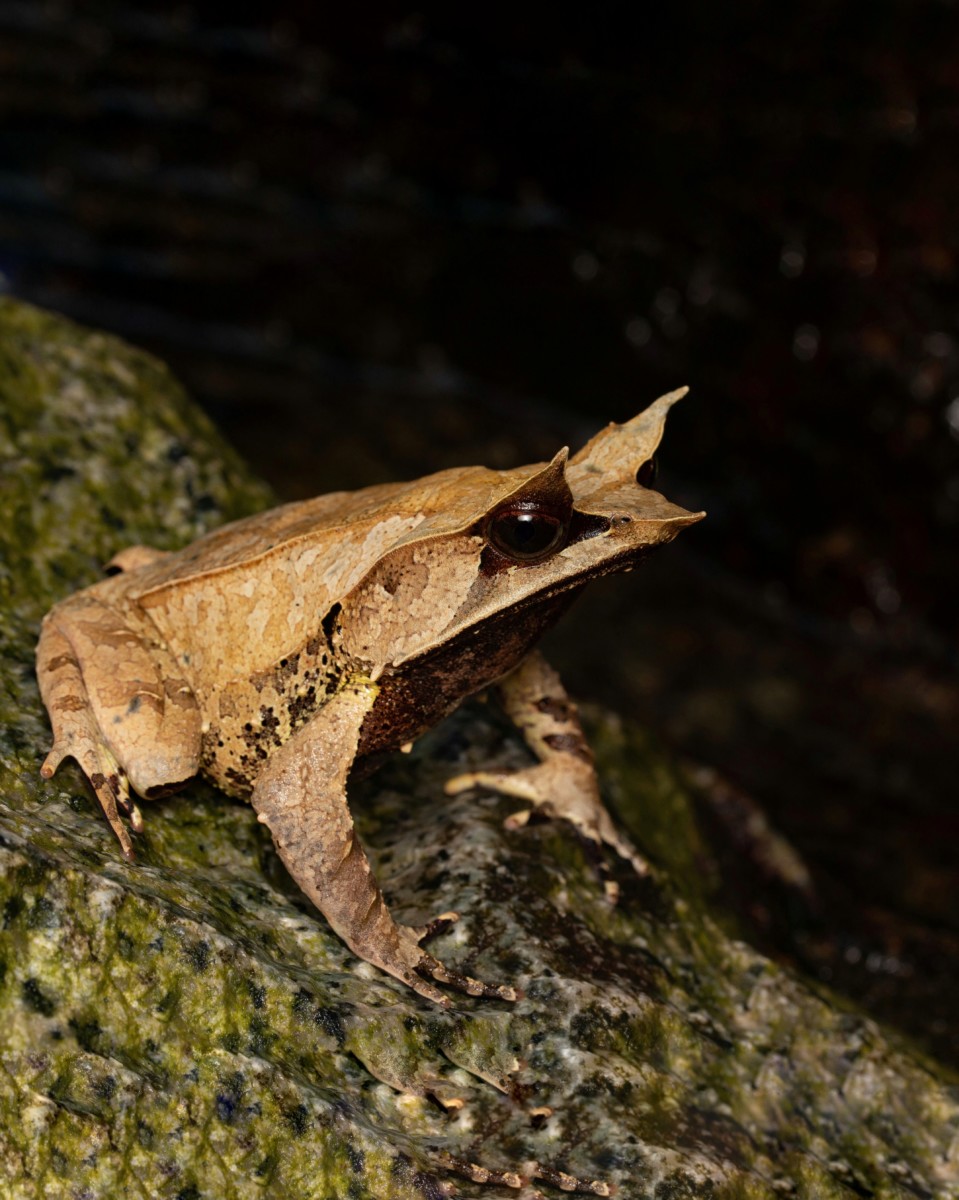

Straw-headed Bulbul (Pycnonotus zeylanicus)
Adaptation: Call
The straw-headed bulbul has a melodious call that rings throughout the forest. It is a commonly poached animal due to its value as a songbird.
Common Birdwing (Troides helena)
Adaptation: Wings
The common birdwing’s 18-centimetre wingspan aids in hill-topping: a behaviour that involves flying to elevated areas to attract mates.
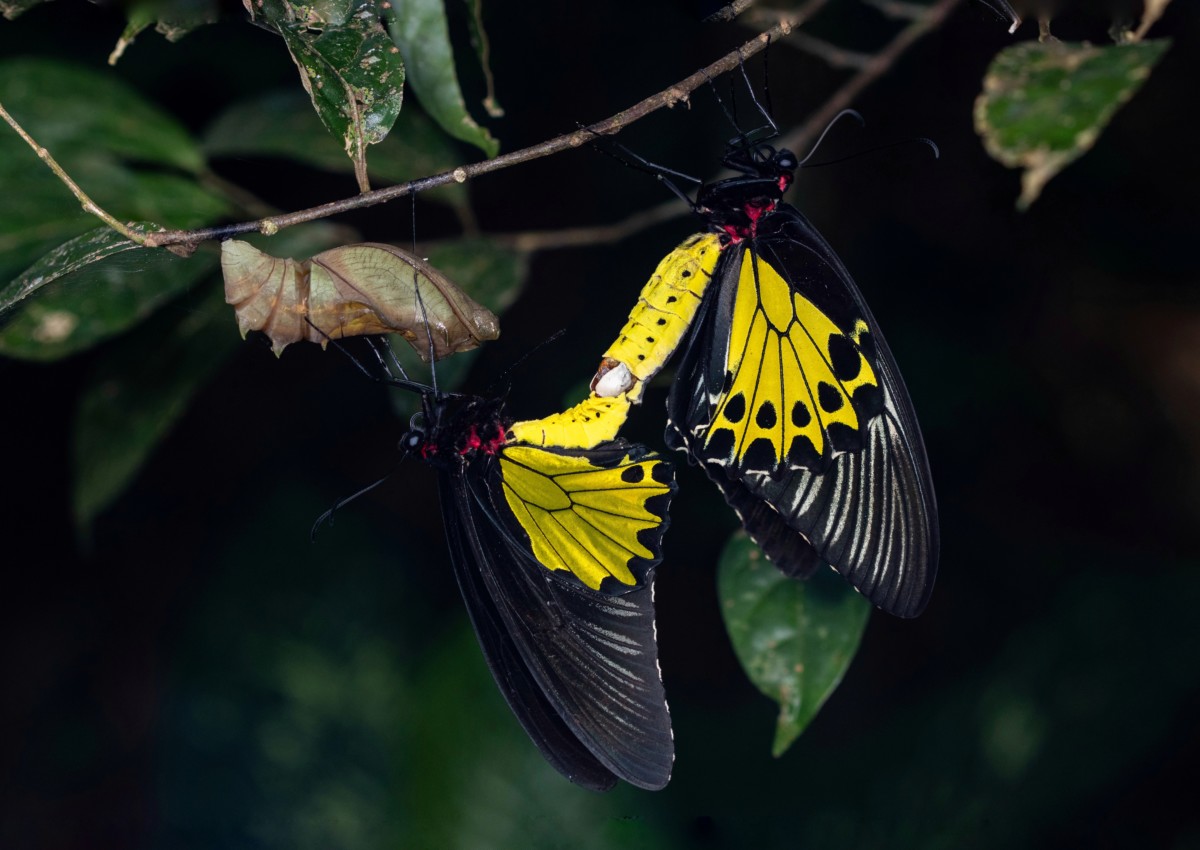

Gold-spotted Mudskipper
(Periophthalmus chrysospilos)
By trapping water in their gill chambers, mudskippers can venture out of water onto mudflats and mangrove tree roots to escape predators.
Mud lobster
(Thalassina sp.)
Mud lobsters dig through mud for food, forming large volcano-like mounds that line the back mangrove. Other species like crabs, snakes, and fishes depend on these mounds for shelter.

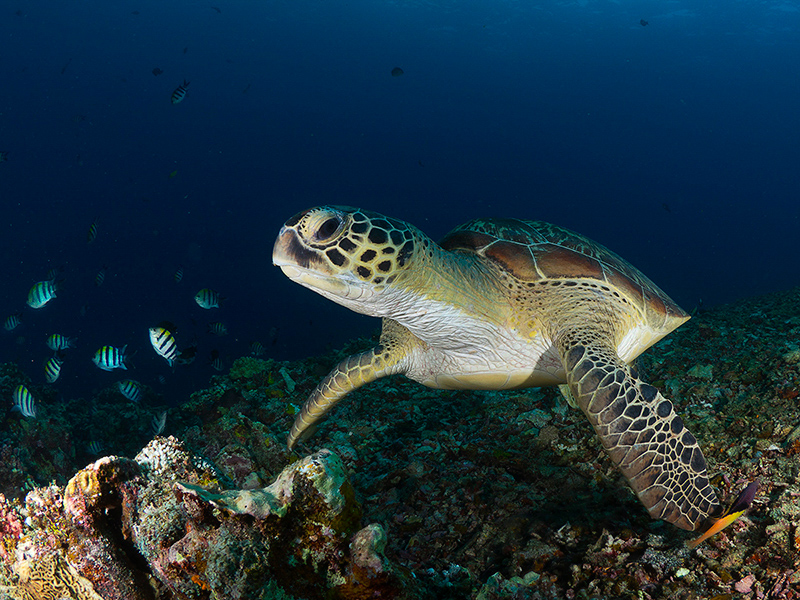
Hawksbill Sea Turtle
(Eretmochelys imbricata)
As hawksbill sea turtles swim, they may attract “hitchhikers” such as remora fish. In exchange for transport and protection, remoras aid in removing parasites attached to the turtles.
Cinnamon Bush Frog
(Nyctixalus pictus)
The nocturnal cinnamon bush frog lives in the forest and breeds in tree cavities. Male frogs call to attract mates and defend their territory but the call of this frog can easily be mistaken as that of an insect.

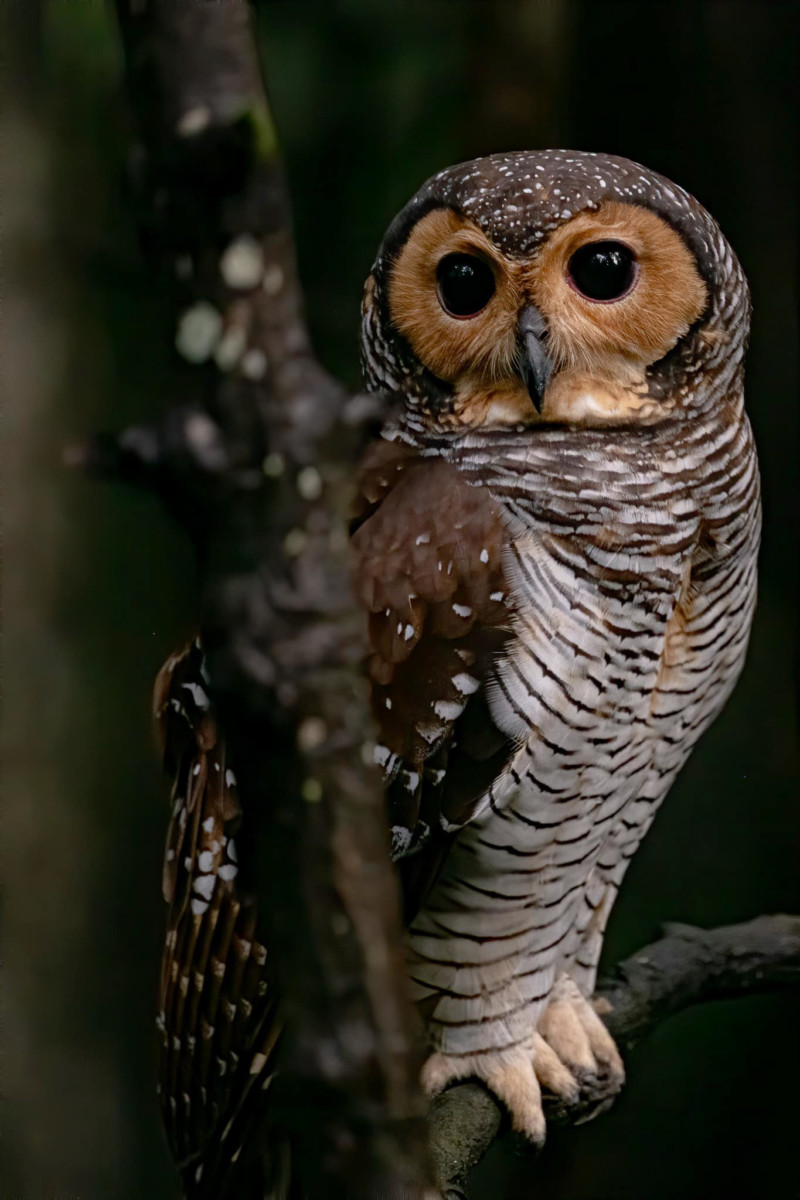
Spotted Wood Owl
(Strix seloputo)
The spotted wood owl is active at dusk where there may be less competition for prey items. This predator has excellent night vision that aids its hunt for mice, bats and insects.
Estuarine crocodile
(Crocodylus porosus)
Powerful jaw muscles enable the estuarine crocodile to have a bite force of 3,700 pounds per square inch, more than 18 times that of a human.

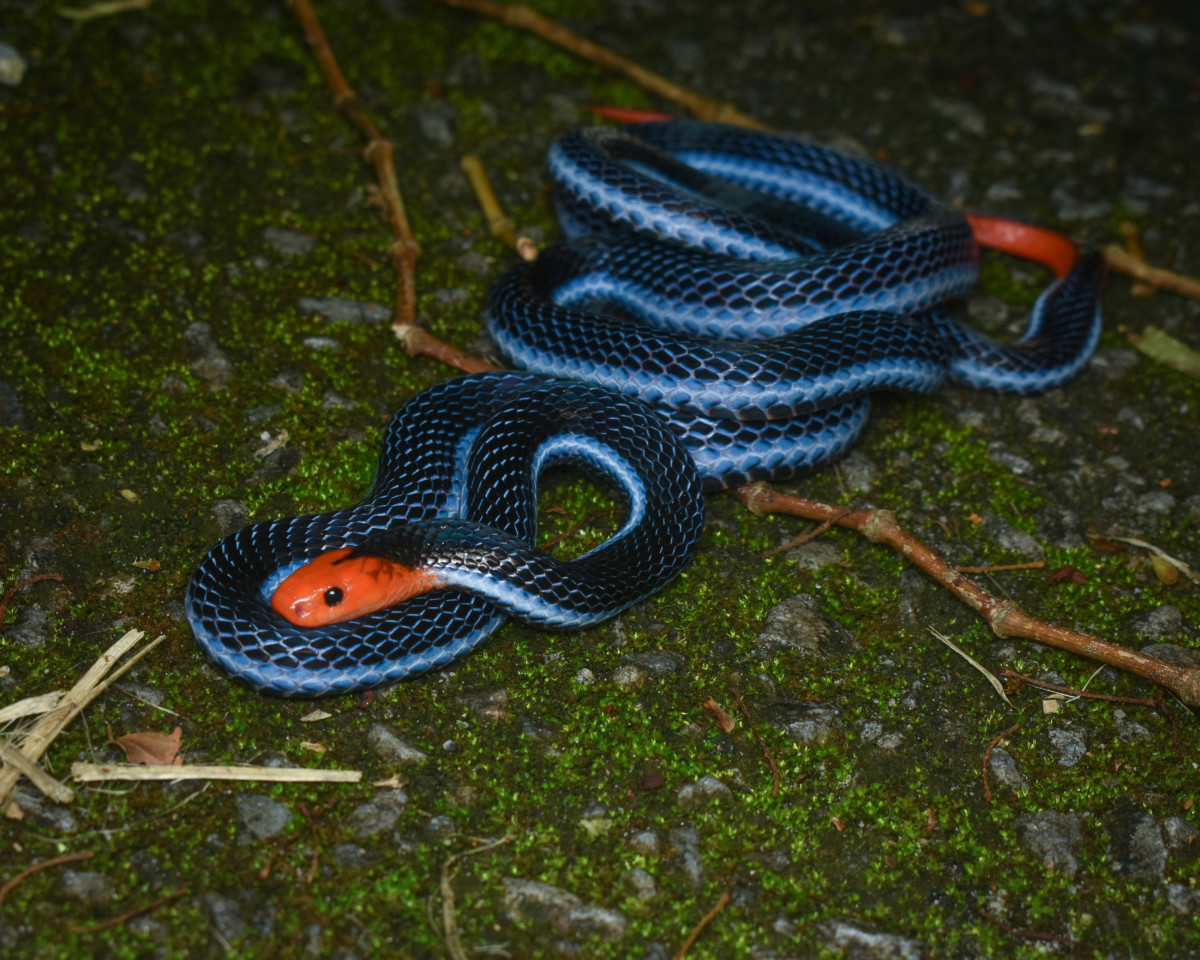
Blue Malayan Coral Snake
(Calliophis bivirgatus)
The blue Malayan coral snake is a dangerous beauty. Its bright red head, belly, and tail warn of its venomous nature. However, it is often docile, and feeds primarily on other snakes.
Malayan colugo
(Galeopterus variegatus)
Colugos glide from tree to tree by spreading a membrane, called a ‘patagium’, from their forelimbs to their hindlimbs and tail. They cling to tree bark in the day, and can be easily missed due to the excellent camouflage.
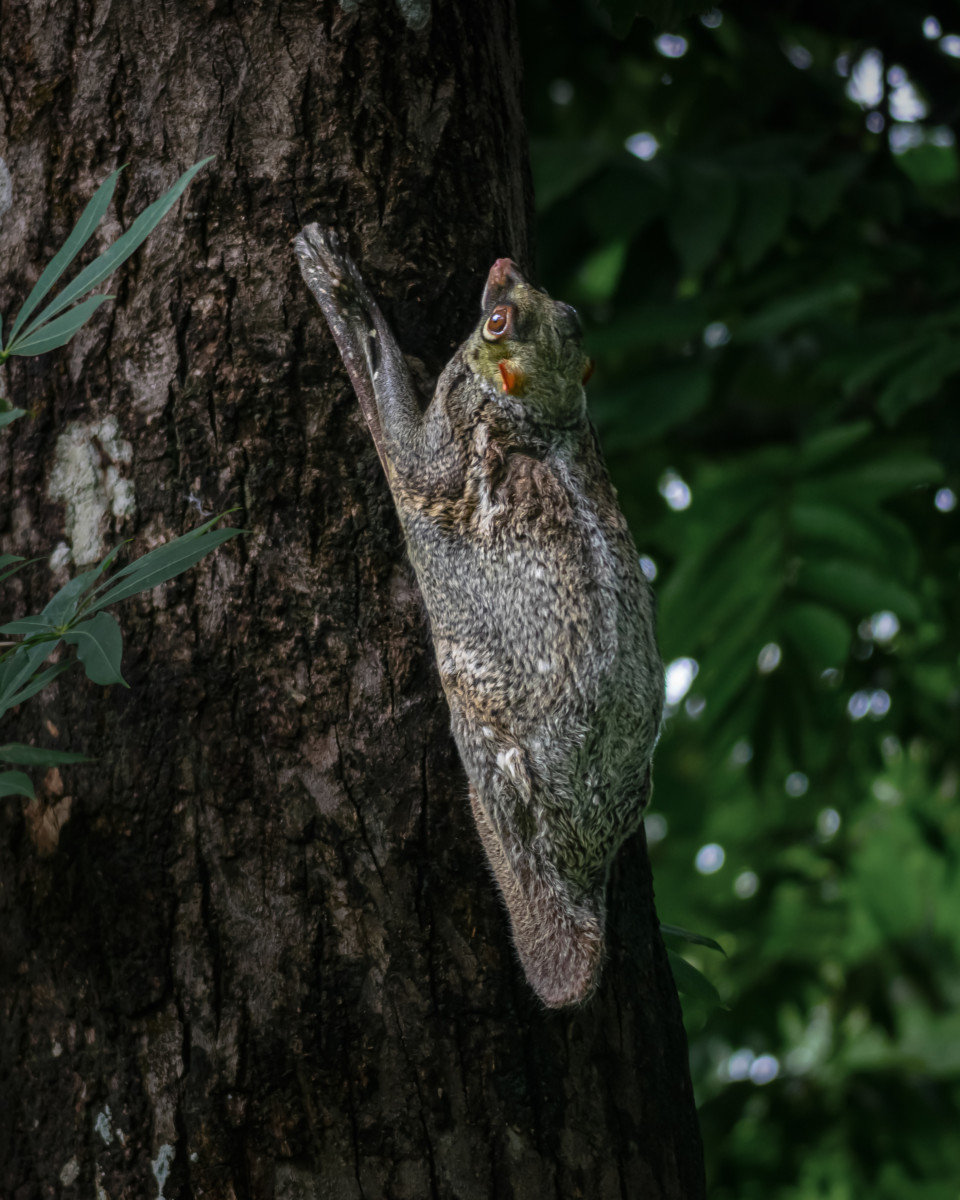

Mangrove Horseshoe Crab
(Carcinoscorpius rotundicauda)
Horseshoe crabs are living fossils that have been around for over 400 million years. They are omnivorous scavengers that feed on bivalves, algae and other crustaceans.
Biscuit Sea Star
(Goniodiscaster scaber)
Sea stars secrete adhesive from their tube feet which anchors them firmly but temporarily to objects. They are also well known for their ability to regenerate body parts such as their arms and organs as long as its central body is intact.
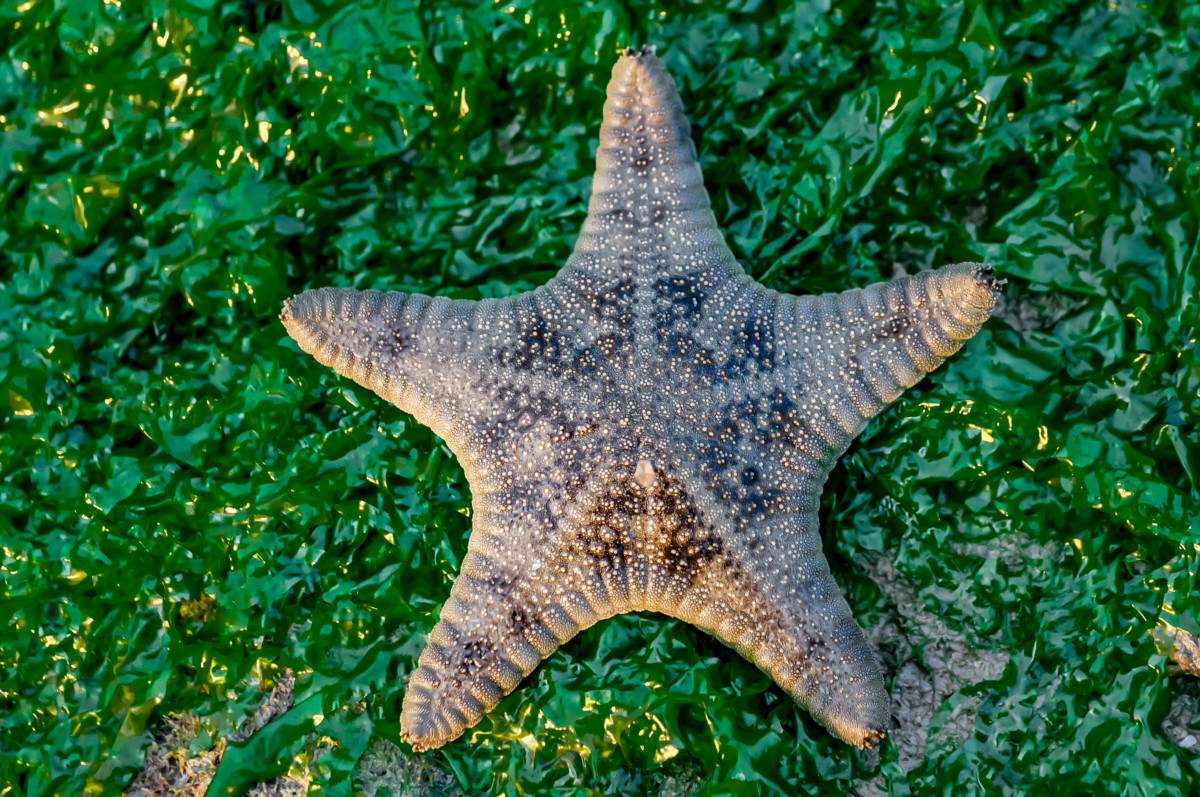

Sultan Dragonfly (Camacinia gigantea)
Adaptation: Eyes
Dragonflies can perceive ultraviolet and polarised light. They have compound eyes, granting them near-360-degree vision.
Malayan Water Monitor (Varanus salvator)
Adaptation: Jaws
Monitor lizards have flexible jaws that enable them to widen their gape to consume prey of various sizes.


Raffles Banded Langur (Presbytis femoralis)
Adaptation: Limbs
The largest of our three native primate species, the langurs leap from tree to tree using their long limbs, often landing with loud crashing sounds.
Jumping Spider (Viciria sp.)
Adaptation: Reaction
Jumping spiders do not spin webs, but are active hunters. They are able to quickly leap forward to capture their prey.
